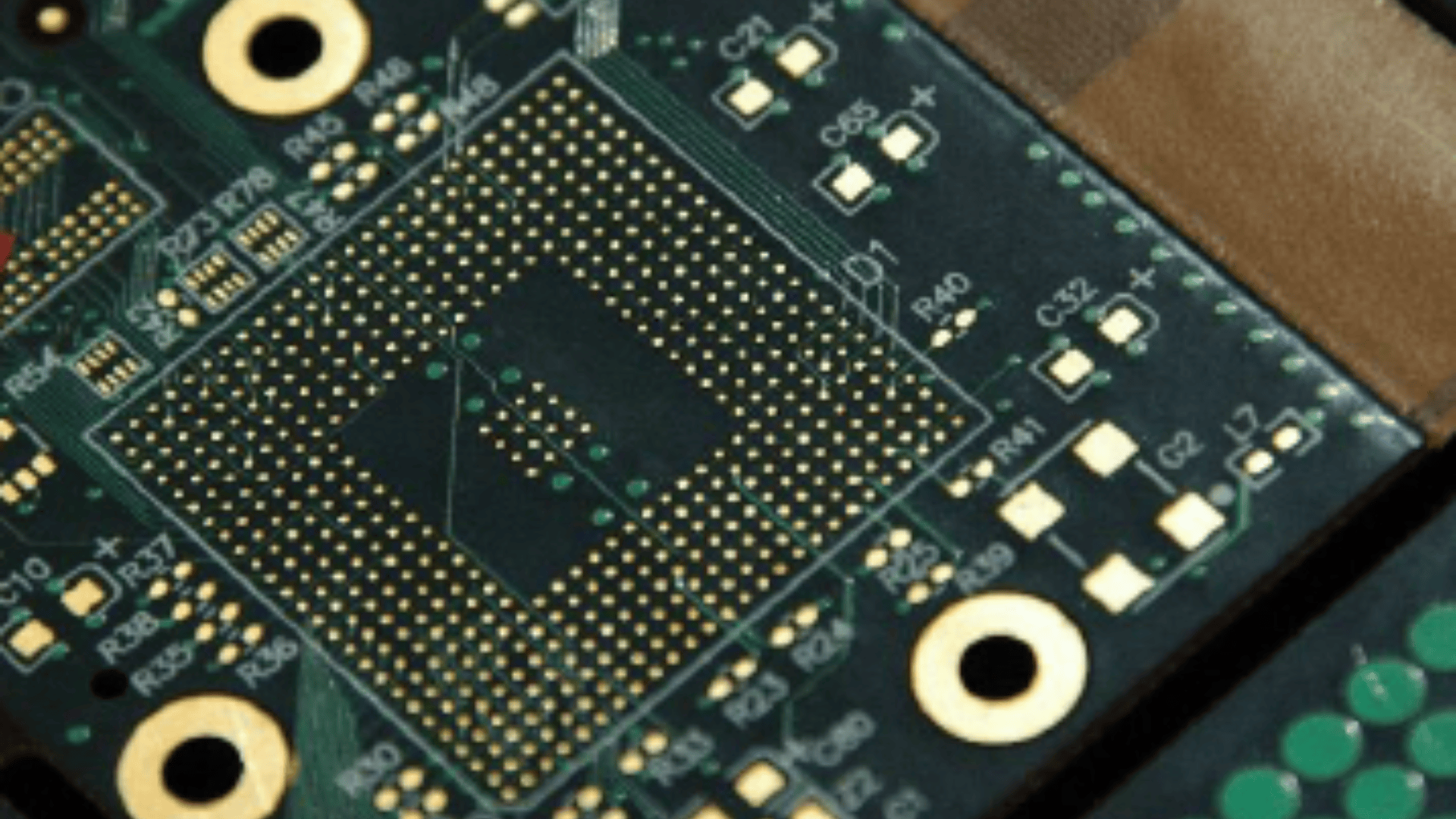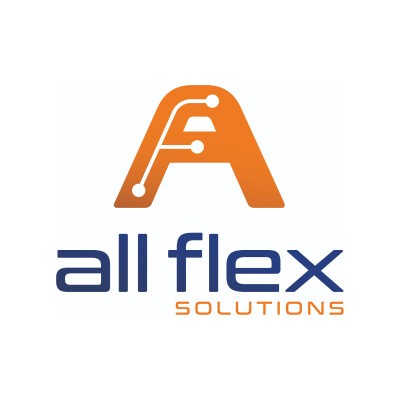Filling Through Holes on Rigid Flex PCBs
Filling through holes on Printed Circuit Boards has been a popular technology that has helped designers improve routing density while aiding assembly yields. Please enjoy this Technical Paper highlighting some of the best practices in filling through holes on PCB.
Filling through holes on rigid flex PCBs is quite a bit more difficult to accomplish and get to yield appropriately. This is due to the surface topography of most rigid flex designs.
We'll start with how it is done in a traditional rigid PCB, to help understand what makes filling vias in rigid flex more difficult.
When a production panel of rigid PCBs comes out of lamination, it usually has a very flat and smooth surface with little or no variation in topography. After filling the vias, the fabricator removes the excess epoxy resin using a squeegee followed by a high-speed abrasive machine. Ninety percent of the epoxy resin is removed by the squeegee, with the remainder removed by the abrasive sander.
Rigid flex panels are different. Rigid flex manufacturers must use no flow prepreg so that the prepreg resin doesn't flow out onto the surface of the flex arms. No flow prepreg is resistant to flowing, thus rigid flex manufacturers employ lamination driver materials to get your parts to bond completely. The rigid flex manufacturing panel coming out of the lamination press will have a high degree of topography; typically +/- 0.006" (.1524 mm) across the panel surface.
The challenge for the rigid flex manufacturer then is how to remove the via fill resin from the surface of the panel. The squeegee works to press the via fill resin into the depression areas of the panel. If a rigid flex manufacturer uses the abrasive sanding technique described above, it will remove the soft copper from the raised areas of the panel, ruining the parts.
These process requirements also make it very hard, if not impossible, to do filled vias on flexible circuits, or the flexible sections of a rigid flex board. The abrasive sanding is too hard on the thinner materials, so it is only accomplished in the rigid sections of rigid flex boards.
Rigid Flex manufacturers put additional care and time into getting their via filled panels to yield well, meet the IPC 6013 wrap plating requirements, and fill all of the required vias acceptably.
At All Flex Solutions, we have put an enormous amount of engineering talent, equipment, and time into improving our processing and yields and delivering the highest quality rigid flex boards with filled-through holes.
We offer both conductive and non-conductive via fill materials, with board thicknesses up to 0.125" thick.
Our most popular filled via sizes are below:
- Approximately 0.005" - 0.006" finished vias, drilled initially at 0.0098" in an 0.062" board
- Approximately 0.007" - 0.008" finished vias, drilled initially at 0.0118" in an 0.080" board


